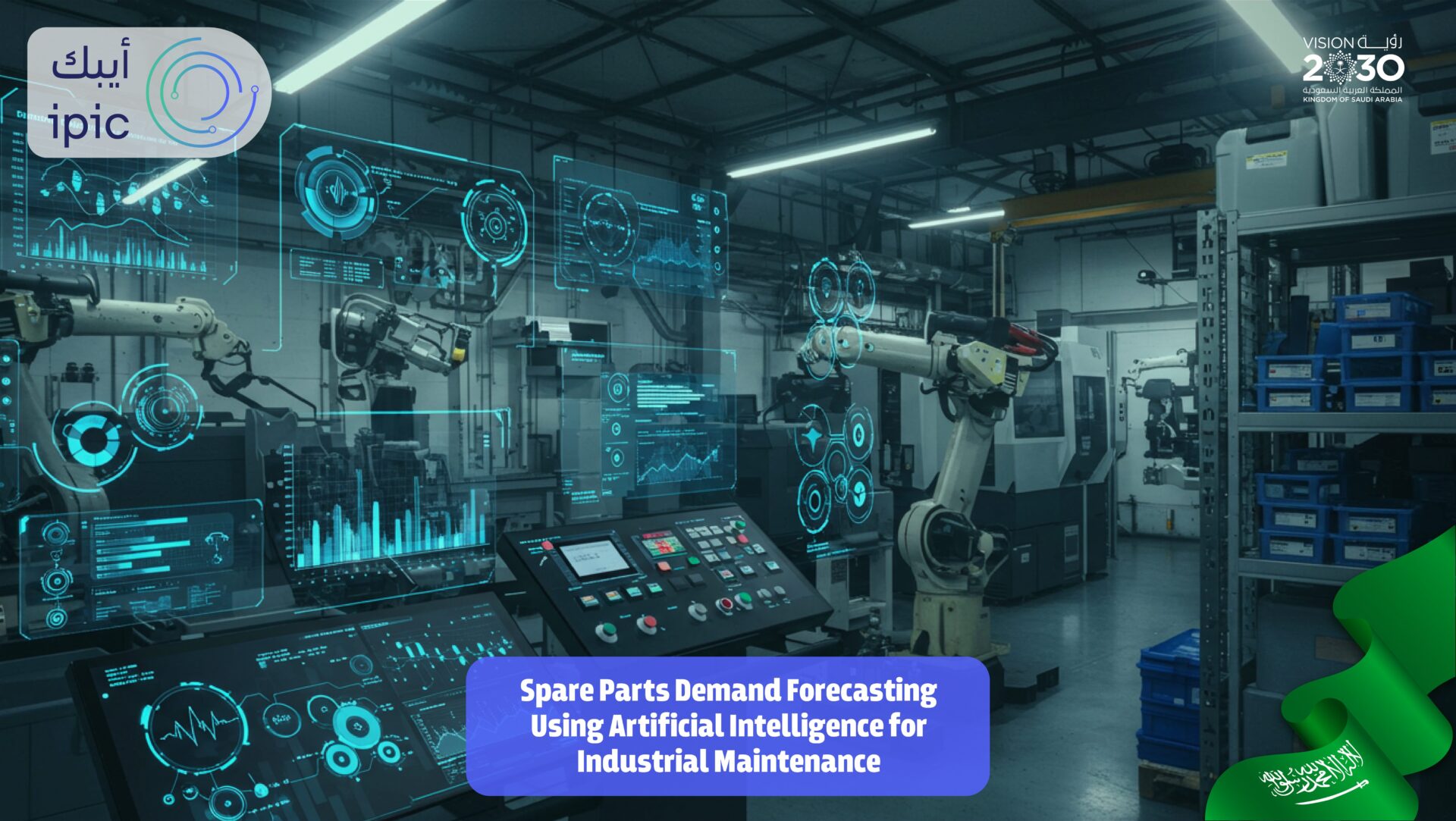Spare Parts Demand Forecasting Using Artificial Intelligence for Industrial Maintenance
Unexpected equipment failures in industrial facilities can lead to significant operational and financial setbacks. Ensuring the availability of critical spare parts is essential for maintaining smooth maintenance operations. However, traditional forecasting methods—such as fixed reorder points or historical consumption averages—often fall short in dynamic and complex industrial environments.
Artificial Intelligence (AI) now provides a smarter, more adaptive approach to forecasting spare parts demand. It reduces unplanned downtime, optimizes inventory costs, and empowers maintenance teams to move from reactive firefighting to proactive planning.
Challenges with Traditional Forecasting
Industrial operations involve a wide range of specialized equipment working under varied and often harsh conditions. Components such as motors, pumps, valves, and sensors are subject to wear and failure in ways that are often non-linear and difficult to predict. Common challenges include:
- Failures influenced by seasonal patterns, usage intensity, or environmental conditions
- Long lead times for sourcing critical parts
- Excess inventory ties up working capital; insufficient stock leads to costly delays
- Disconnected systems for maintenance, inventory, and procurement
- Forecasting approaches that respond to failures instead of preventing them
These challenges demand an intelligent solution—one that continuously learns, adapts, and anticipates.
How AI Enhances Spare Parts Forecasting
Learning from Historical Patterns
AI algorithms can process years of maintenance records to detect hidden trends. For example, an AI model may find that a specific part typically fails after a certain sequence of stress events—even if those events occur months apart.
Real-Time Predictive Modeling
Rather than relying solely on past averages, AI-powered models update their forecasts dynamically using live data from equipment—such as vibration readings, temperature changes, or usage cycles. This allows predictions to remain accurate under shifting conditions.
Predictive Maintenance and Smart Demand Planning
By integrating with real-time monitoring systems (like SCADA or IoT platforms), AI can anticipate component failures and trigger spare parts requests in advance. This reduces emergency procurement and facilitates better maintenance scheduling.
Context-Aware Forecasting
AI takes into account more than just failure frequency. It also considers part criticality, supplier reliability, lead time, and the potential operational impact of a stockout. This leads to smarter prioritization and better allocation of resources.
Benefits for Industrial Maintenance Operations
Switching from static to AI-powered forecasting delivers measurable benefits. Maintenance teams can predict spare parts needs before failures occur. Procurement becomes leaner and more strategic. Inventory costs are reduced without increasing downtime risk. Most importantly, equipment reliability and uptime improve through smarter planning.
Integration with Enterprise Systems
For AI forecasting to deliver its full potential, it should be integrated with:
- Maintenance systems (CMMS/EAM) for access to asset history and service records
- ERP systems to automate procurement and inventory control
- IoT and SCADA platforms for live operational data
When all these systems are connected, forecasting becomes a core element of a comprehensive reliability strategy.
Real-World Example
At a large industrial facility, an AI-driven spare parts forecasting solution was implemented for critical rotating machinery. The system monitored live operational data such as vibration and temperature, in addition to historical maintenance logs. Within one year, urgent spare parts orders dropped by 18%, scheduled maintenance compliance improved by 27%, and inventory holding costs were reduced by 15%.
Conclusion
Modern industrial environments operate under intense pressure to minimize costs and maximize uptime. Traditional forecasting methods are no longer sufficient in this fast-paced, high-stakes landscape. AI offers a transformative approach—turning data into foresight and inventory into a strategic asset.
By adopting AI-based spare parts forecasting, organizations can increase operational efficiency, reduce waste, and build maintenance systems that see problems before they happen.
The smarter the forecast, the stronger the operation.



